Politics
Iran says cooperation with UN nuclear watchdog ‘no longer relevant’
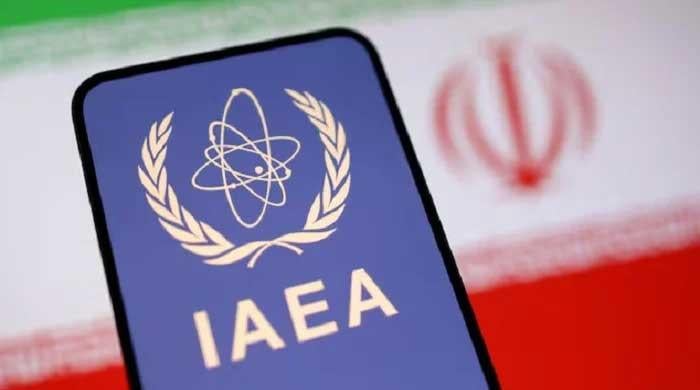
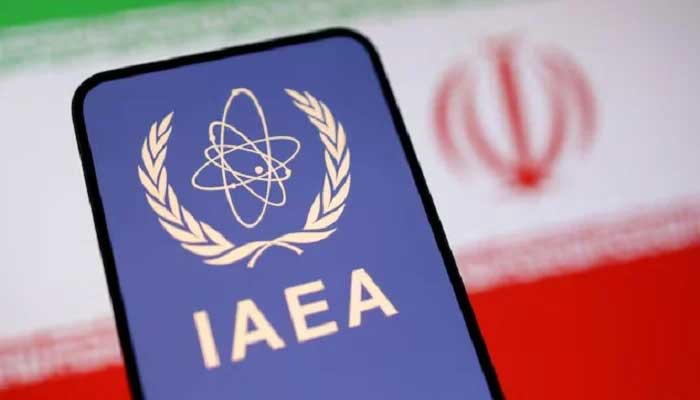
TEHRAN: Iran’s top diplomat said Sunday that cooperation with the United Nations nuclear watchdog was no longer relevant following the re-imposition of international sanctions on the country.
“The Cairo agreement is no longer relevant for our cooperation with the IAEA (International Atomic Energy Agency),” said Foreign Minister Abbas Araghchi while referring to a September deal with the UN agency.
The deal had set up a framework to resume cooperation and allow the watchdog to inspect Iranian sites, after Tehran suspended cooperation following Israeli and US strikes on its key nuclear sites in June.
But the agreement lost its significance to Iran as Britain, France, and Germany — signatories to Iran’s 2015 nuclear deal — triggered the return of the UN sanctions over Tehran’s non-compliance.
Tehran had threatened to halt cooperation with the agency if they sought to reimpose the sanctions.
“The three European countries thought they had a leverage in their hands, threatening to implement a snapback,” Araghchi said during a meeting with foreign diplomats in Tehran.
“Now they have used this lever and seen the results […] the three European countries have definitely diminished their role and almost eliminated the justification for negotiations with them.”
He added that the European trio “will have a much smaller role than in the past” in any upcoming diplomacy over Iran’s nuclear dossier.
Iran accused the IAEA of failing to condemn attacks conducted by its arch-enemies on its nuclear installations, despite it being a signatory of the Non-Proliferation Treaty (NPT).
Western countries, spearheaded by the US and joined by Israel, accuse Iran of pursuing nuclear weapons and define uranium enrichment as a red line.
Iran categorically rejects the accusations, insisting its nuclear programme is solely for civilian purposes and that it has a right to enrichment under the NPT.
Some Iranian MPs have floated the idea of leaving the NPT, while President Masoud Pezeshkian has said Iran will remain committed to its obligations under the treaty.
Araghchi said Tehran’s “decision regarding cooperation with the agency will be announced”, without elaborating, while adding there was still room for diplomacy.
Iran had engaged in talks with the US starting in April to reach a new deal over its nuclear program.
However, the June attacks on Iranian nuclear, military and residential sites by Israel brought the talks to a halt.
Tehran accused the US of undermining diplomacy and urged guarantees and recognition of its rights before any possible resumption of negotiations.
Politics
Riyadh cuts 2026 deficit forecast to $44b amid push to expand non-oil revenue
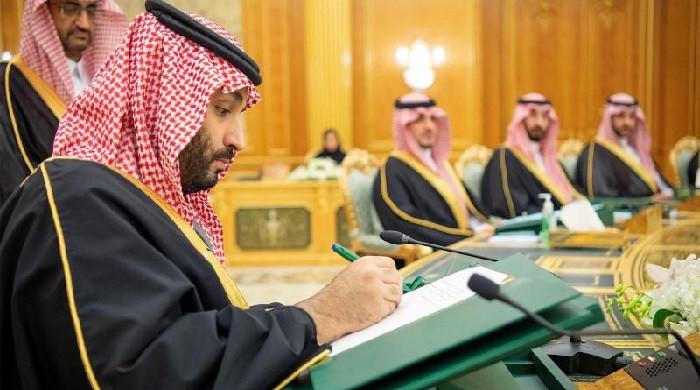
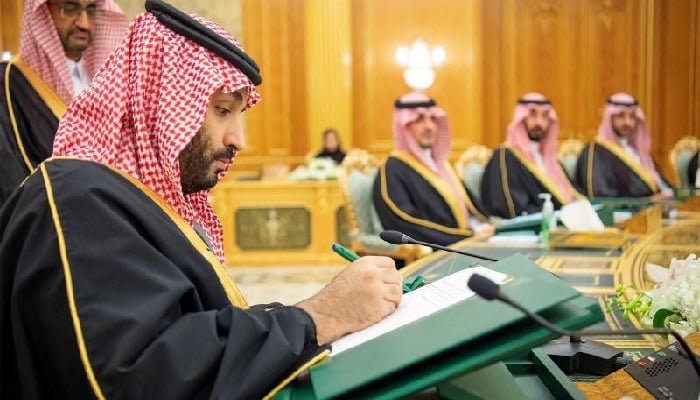
- 2026 budget projects deficit of 165 billion riyals.
- Saudi Arabia halfway through Vision 2030 strategy.
- Next phase of Vision 2030 plan will stress implementation.
Saudi Arabia approved its state budget for 2026 on Tuesday, forecasting a narrower fiscal deficit as it shifts spending to priority sectors like industry and logistics in a push to increase non-oil revenue.
The kingdom projected a deficit of 165 billion riyals ($44 billion), or about 3.3% of gross domestic product. That would be down from the 245 billion riyals it now estimates for this year after lower oil prices and production weighed on revenue, and spending overshot the budgeted level by around 4%.
The world’s top oil exporter, Saudi Arabia, is more than halfway through its Vision 2030 blueprint for economic transformation. The strategy, introduced by Crown Prince Mohammed bin Salman in 2016, calls for hundreds of billions of dollars in government investments to wean the kingdom’s economy off its dependence on hydrocarbon revenues.
According to the budget, 2026 will mark the start of a “third phase” of Vision 2030, signalling a shift in focus from launching economic reforms to maximising their impact.
The crown prince described the new phase as “accelerating the pace of progress and increasing growth opportunities to achieve a sustainable impact beyond 2030,” according to state news agency SPA.
A shift in spending but few specifics
The change in tone comes as Riyadh moves to refocus its $925 billion sovereign wealth fund away from delayed massive real estate projects toward sectors including logistics, minerals, artificial intelligence and religious tourism.
“Our level of spending in the last three budget cycles has been consistent, but now it is about what we are spending on, rather than how much we are spending,” Finance Minister Mohammed Al Jadaan told Reuters ahead of the budget release.
The budget included a few specific targets for that new focus; however, beyond setting a target of over 20 million visitors from abroad for the Umrah pilgrimage to Mecca in 2026, a sharp increase from the 15 million pilgrims expected this year.
Saudi to run ‘deficit by design’ until 2028, finmin says
Total expenditure is projected at 1.31 trillion riyals in 2026, lower than an estimated 1.34 trillion riyals this year. Total revenue is forecast at 1.15 trillion riyals, slightly up on the estimated 1.1 trillion riyals in 2025.
“This is a deficit by design,” Jadaan said in a media briefing on Monday. “We, by policy choice, will have a deficit until (20)28.”
The expected leap in the 2025 deficit to more than double the budgeted target of 101 billion riyals would put the shortfall at 5.3% of GDP, up from an initial target of 2.3%.
Revenues this year are estimated to miss the budgeted target by about 7.8%, while spending is seen 4% higher.
Public debt is expected to reach approximately 1.5 trillion riyals by the end of 2025 – about 31.7% of GDP – up from 1.2 trillion riyals in 2024 to help meet financing needs this year, the finance ministry said.
“The still low government debt level provides space for this fiscal stance, though it is vulnerable to a further fall in the oil price,” said Monica Malik, chief economist at Abu Dhabi Commercial Bank.
Recalibrating to ensure projects deliver
The Saudi government and the nation’s almost $1 trillion Public Investment Fund have both undergone a review of project and spending priorities, Jadaan told Reuters.
Some demands that seemed to be overly ambitious in terms of time frame or investment were scaled back to more reasonable objectives, he said.
Reuters reported in October that the PIF is preparing to shift away from the real estate gigaprojects that have dominated its development goals for the last decade.
In a departure from this year’s spending package, the 2026 budget made no mention of specific gigaprojects such as NEOM or the Sindalah island resort.
The PIF, like the finance ministry, is making sure initial plans for projects “are recalibrated to ensure that they are delivering what they are meant to deliver”, Jadaan said.
Politics
Afghan man arrested in Texas threatened suicide attack: Justice Dept
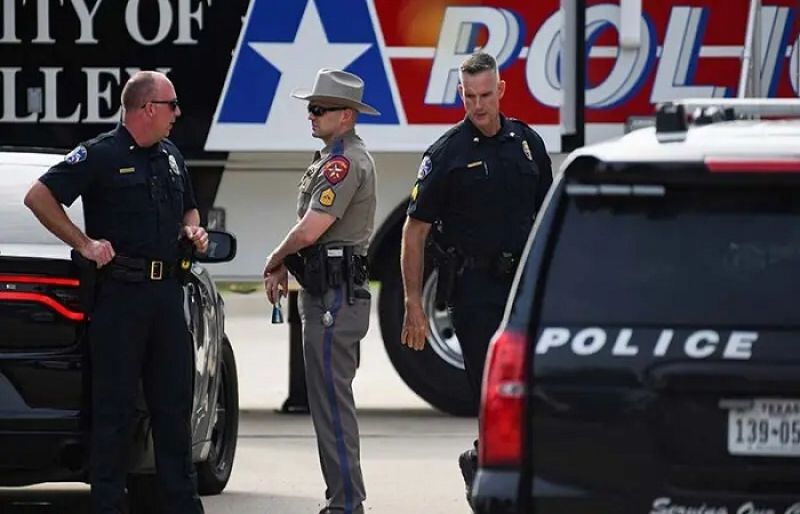

An Afghan man has been charged in Texas with threatening to build a bomb and carry out a suicide attack, United States officials said on Tuesday, as the Trump administration vows a crackdown on Afghan migrants after a deadly shooting.
Mohammad Dawood Alokozay, 30, of Fort Worth, allegedly made the threats in a November 23 video that he shared on TikTok, X and Facebook, the Justice Department said in a statement.
In the video, Alokozay allegedly praises the Taliban and threatens to carry out a suicide attack on Americans.
“Thanks to public reports of a threatening online video, the FBI’s Joint Terrorism Task Force apprehended this individual before he could commit an act of violence,” FBI Dallas special agent in charge Joseph Rothrock said.
Attorney General Pamela Bondi said Alokozay “came into America during the Biden administration and, as alleged, explicitly stated that he came here in order to kill American citizens”.
He faces up to five years in prison if convicted of making a threatening interstate communication.
Alokozay’s arrest comes a week after the shooting near the White House in Washington of two National Guard members.
A 29-year-old Afghan national, Rahmanullah Lakanwal, has been charged with first-degree murder in connection with the attack, which left one of the soldiers dead.
Lakanwal had been part of a CIA-backed “partner force” fighting the Taliban in Afghanistan, and entered the United States as part of a resettlement program following the US military withdrawal from Afghanistan in 2021.
US President Donald Trump said Sunday his administration intends to pause asylum decisions for “a long time” after the shooting.
“We don’t want those people,” he said on social media.
Politics
Indian diplomat in Ottawa offered $50000 to hitman to kill Khalistan Referendum organiser: SFJ

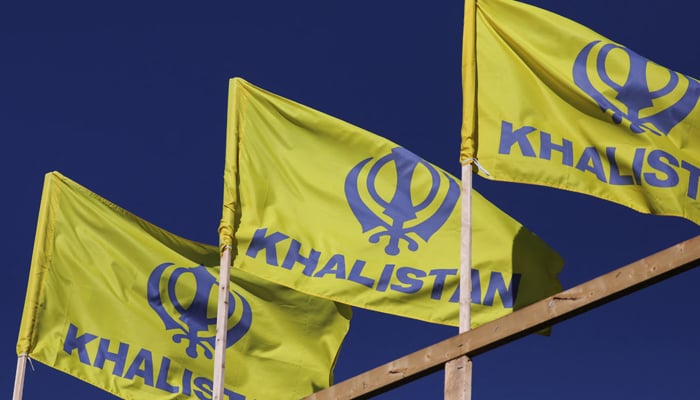
OTTAWA/WASHINGTON: Sikhs For Justice (SFJ), a US-based pro-Khalistan advocacy group, has alleged that a serving Indian diplomat in Ottawa attempted to arrange the killing of Inderjeet Singh Gosal, describing it as a “contract-to-kill” plot involving $50,000 in cash offered to a purported hitman.
SFJ said Canadian security and intelligence agencies were aware of the alleged plot and that the Royal Canadian Mounted Police (RCMP) had recently offered Gosal protective measures due to what the group described as an imminent threat.
Gosal has previously been identified in Canadian media as an organiser in the Sikh separatist campaign for an independence referendum for Punjab, and has said he received a police “duty-to-warn” notice related to threats he believes originated from India — an allegation India has repeatedly rejected in broader disputes.
SFJ General Counsel Gurpatwant Singh Pannun said the group was making the allegations public to prevent another killing of a Sikh activist in Canada, referencing the June 2023 assassination of Hardeep Singh Nijjar in Surrey, British Columbia — an event that triggered a major diplomatic rupture between Canada and India.

In its statement, SFJ also called for supporters to closely monitor the movements of India’s High Commissioner in Canada, Dinesh K Patnaik. Public safety experts generally discourage citizens from taking such actions and instead urge anyone with credible threat information to report it directly to police. Patnaik is listed by India as its High Commissioner to Canada.
The allegations surface amid a sensitive period in Canada-India relations. In October 2024, Canada expelled multiple Indian diplomats, linking them to an RCMP investigation into violent criminal activity connected to the Nijjar case — an accusation India called “preposterous.”
Recently, Gosal has been offered “Witness Protection” by the RCMP owing to an imminent threat to his life.
According to Pannun, multiple Canadian security channels — including the RCMP, which has recently offered witness protection to Gosal — have already received and assessed intelligence regarding the Contract-To-Kill plot against Gosal.
This information was communicated to the highest levels of the Canadian government, including: Prime Minister Mark Carney’s Office; Foreign Minister Anita Anand’s Office; and Minister of Public Safety’s Office.
Pannun stated: “Gosal’s Contract-To-Kill plot is the direct outcome of Prime Minister Carney opening trade talks with Modi without demanding accountability. Canadian sovereignty has collapsed to the point where Indian diplomats feel free to orchestrate killings.”
-

 Sports1 week ago
Sports1 week agoWATCH: Ronaldo scores spectacular bicycle kick
-

 Entertainment1 week ago
Entertainment1 week agoWelcome to Derry’ episode 5 delivers shocking twist
-

 Politics1 week ago
Politics1 week agoWashington and Kyiv Stress Any Peace Deal Must Fully Respect Ukraine’s Sovereignty
-

 Business1 week ago
Business1 week agoKey economic data and trends that will shape Rachel Reeves’ Budget
-

 Tech2 days ago
Tech2 days agoGet Your Steps In From Your Home Office With This Walking Pad—On Sale This Week
-

 Politics1 week ago
Politics1 week ago53,000 Sikhs vote in Ottawa Khalistan Referendum amid Carney-Modi trade talks scrutiny
-

 Tech1 week ago
Tech1 week agoWake Up—the Best Black Friday Mattress Sales Are Here
-

 Fashion2 days ago
Fashion2 days agoResults are in: US Black Friday store visits down, e-visits up, apparel shines






